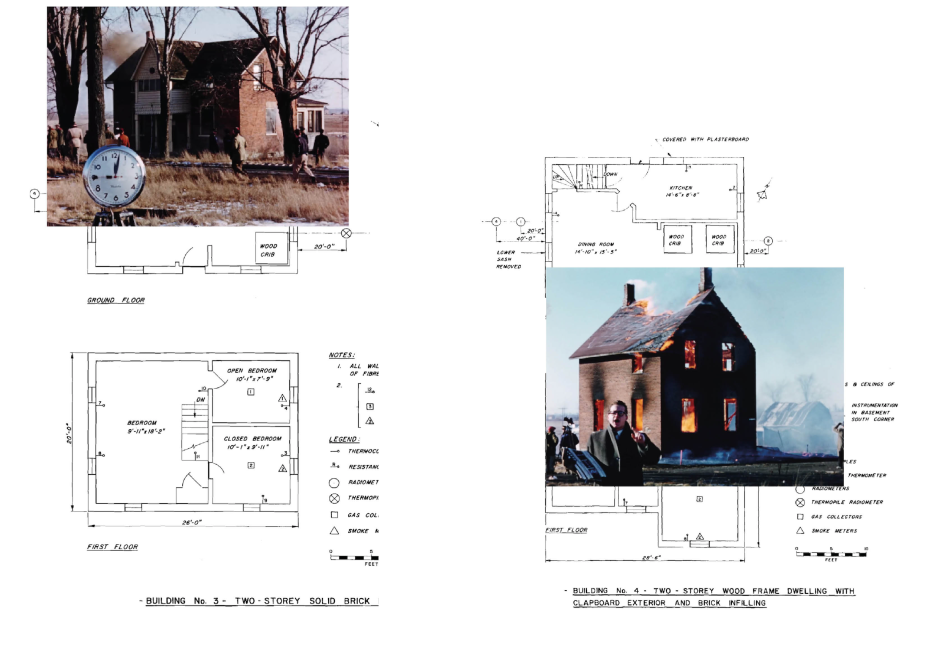Radiant Temperature of Openings
Parastoo Anoushahpour, Faraz Anoushahpour and Ryan Ferko
- / Cannon Gallery
In the mid 1950s the Ontario government announced its plans to build a hydroelectric dam near Cornwall, Ontario, on the Saint Lawrence River. When the engineering plans were released for the project, it became clear that the rural settler towns along the north shore of the river would be carefully relocated into a new suburban community, as that land would soon be submerged under an artificial lake feeding the dam. Meanwhile, the forced alteration of this landscape was planned and executed with no communication or dialogue with the Mohawks of Akwesasne, whose territory was permanently flooded, polluted, and further divided by new Canadian border control policies.
Part of an ongoing series of exhibitions surrounding the unnatural disasters of flood and fire brought to this landscape, Radiant Temperature of Openings offers a new iteration of materials drawn from community archives, government reporting, and oral testimony in order to address how the events of 1958 continue to exert control over the contemporary political landscape. On one hand, this settler-colonial logic manipulates a river into both a piece of infrastructure and a political boundary. On the other, it sets the stage for an empirical study into how fire spreads through family homes. Between archival paintings of rapids that no longer exist and celluloid of homes burning against a dried-up river lingers the question of whose future safety is being secured, and whose will be ignored.
This exhibition is accompanied by publication with contributions from Parastoo Anoushahpour, Faraz Anoushahpour and Ryan Ferko, as well as Felix Kalmenson, and Aisha Sasha John, which can be accessed HERE.
ABOUT THE ARTISTS:
Parastoo Anoushahpour, Faraz Anoushahpour, and Ryan Ferko have worked in collaboration since 2013. Their shared practice explores the tension of multiple subjectivities as a strategy to address the power inherent in narrative structures. Foregrounding the idea of place as a central focus, their work seeks to both decode their surroundings and trouble the production of images through speculative narration and dialectical imagery. Shifting between both gallery and cinema contexts, recent projects have been presented at Viennale, Punto De Vista International Documentary Festival, New York Film Festival, Toronto International Film Festival, and others internationally. Find them on their personal website here: www.p-f-r.com
The artists would like to acknowledge project funding from the Ontario Arts Council.





